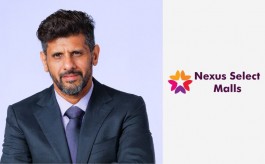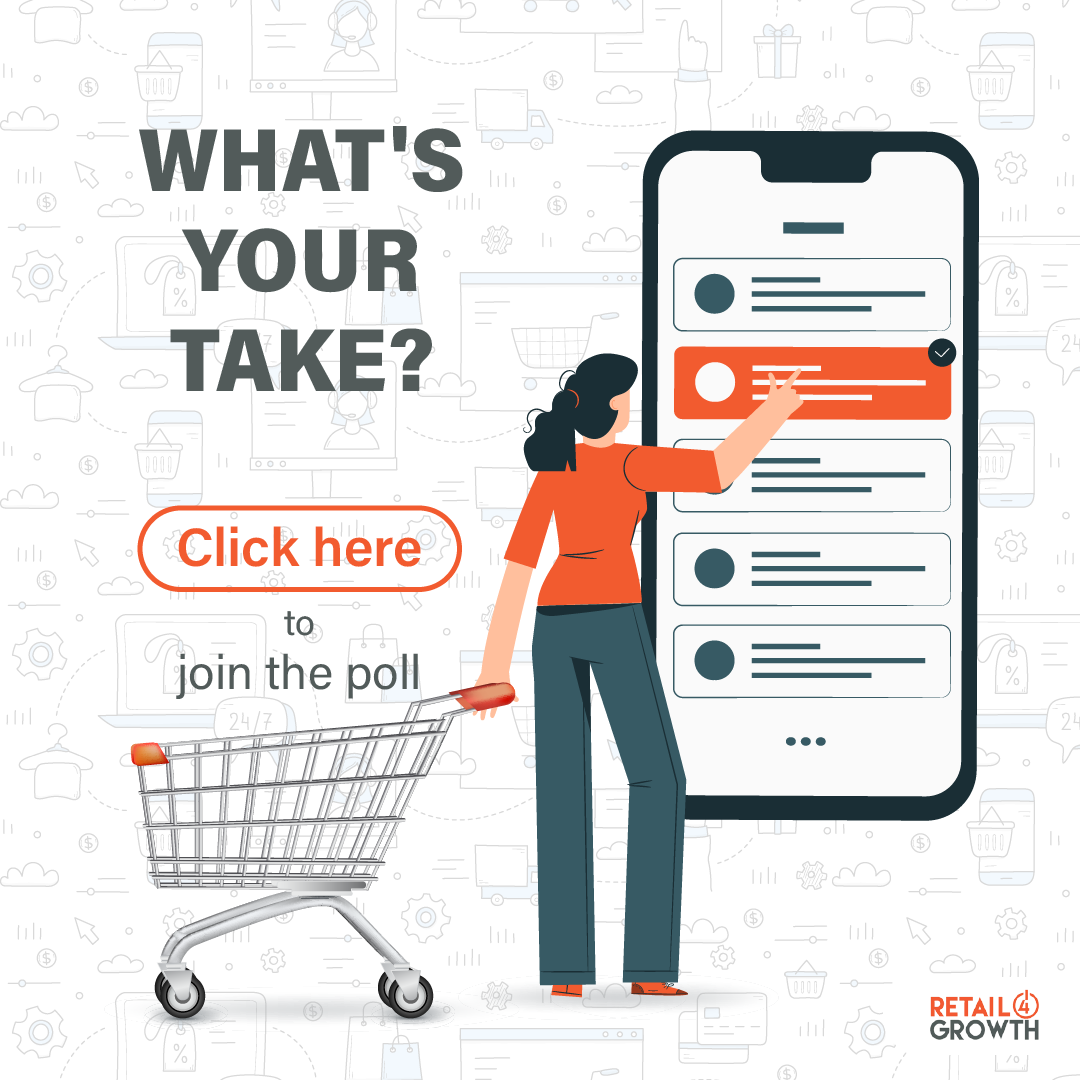‘Only data driven strategies can work in practice’
By N Jayalakshmi | September 20, 2019
B2B start-up Infilect Technologies offers AI driven tools for intelligent processing of visual data generated from retail stores. In a chat with Retail4Growth, Anand Prabhu Subramanian, Co-founder & CEO, Infilect Technologies, shares some market insights.
 Bangalore based B2B start-up Infilect Technologies offers AI driven tools for intelligent processing of visual data generated from retail stores. This helps brand managers understand performance of their brands and merchandising/display solutions across parameters and accordingly take informed decisions. In a chat with Retail4Growth, Anand Prabhu Subramanian, Co-founder & CEO, Infilect Technologies, shares some market insights.
Bangalore based B2B start-up Infilect Technologies offers AI driven tools for intelligent processing of visual data generated from retail stores. This helps brand managers understand performance of their brands and merchandising/display solutions across parameters and accordingly take informed decisions. In a chat with Retail4Growth, Anand Prabhu Subramanian, Co-founder & CEO, Infilect Technologies, shares some market insights.
Can you begin by telling us more about Infilect Technologies?
As an enerprise B2B tech start-up, we are focused on global retail brands and retailers. Our flagship product is called InfiViz, which gives visual data and insights to brands. In India and APAC markets, we work with some of the top brands in the FMCG space who have presence in both MT and GT markets. We use state-of-the art algorithms to process visual information (images and  videos from stores) with a high rate of accuracy regarding their product and brand performance. The insights generated help brands to understand their visibility, product execution, customer engagement with the brand, etc.
videos from stores) with a high rate of accuracy regarding their product and brand performance. The insights generated help brands to understand their visibility, product execution, customer engagement with the brand, etc.
What were the market drivers that led you to come up with such a solution? In your observation, what are the key needs of FMCG brands today in the context of their in-store presence and how do tech tools bridge those gaps?
If you look at the global brands, especially in the FMCG and consumer durable space, more than 90% of their sale happen in the physical stores. It’s thus important for them to know how their products are sold at the retail outlets. Earlier, they used to purchase the point-of-sale information from market research firms or the retailers. But while that information gave brands a sense of what was selling, it did not offer them value added insights -- like why a product is not selling, how shoppers are interacting with the products, or how their product is stacked against that of their competitors. But these kinds of insights are what actually drive sales. We specialize in retail visual intelligence that captures exactly what happens in the store with advanced insights and provide these to brands. For instance, a major brand in the haircare category will want to know how its shampoo brand is stacked against the hundreds of other shampoos sold across several lakhs of stores of various formats - general trade, modern trade, etc, across the country. Also, every brand relies on the retailer to ensure their POSM elements stand out in the clutter. But does this happen, as per the planograms given? With the right kind of visual information driven by precise algorithms, they can monitor this and that’s where we come in.
So how exactly does this visual intelligence help the brands?
Brands have been trying to get retail visibility and execution insights through limited manual audits. But manual auditing processes are quite cumbersome and time consuming. Typically, brands send an audit team which manually counts and generates the reports from the stores. But this obviously takes time and generates relatively small data to work with. On the other hand, we equip the brand salesmen and merchandisers, who go to the stores on a weekly basis (not third-party auditing teams), with an app that takes images from the stores. So when they visit the stores, they take photos of the shelves, even if very long shelves (where we “stich” multiple photos), simply using the app installed on their phone. These photos are then uploaded to our servers, post which, we run our algorithms and analyze them almost “instantly”. For example, a shelf with 1000 products can be analyzed in a second. We also have a detailed dashboard for the stakeholders - a brand manager or a retail execution manager- to study the information generated. This information can also be sliced and diced across channels, like say the hypermarkets or the supermarkets, or across single retail brand stores. The information also provides a lot of metrics, like the shelf share for a brand in a particular category. This is important. For instance, if the market share of a brand is 30% and the shelf share is only 20%, then it means a lost opportunity. When we flag the stores that give a lower share of the shelf, then the brands can act on it. The same works with other parameters such as planogram compliance, display audits, etc.
Read the full interview in September 2019 Edition of Point-of-Purchase.
For more updates, subscribe to retail4growth newsletter - Click here










Comments